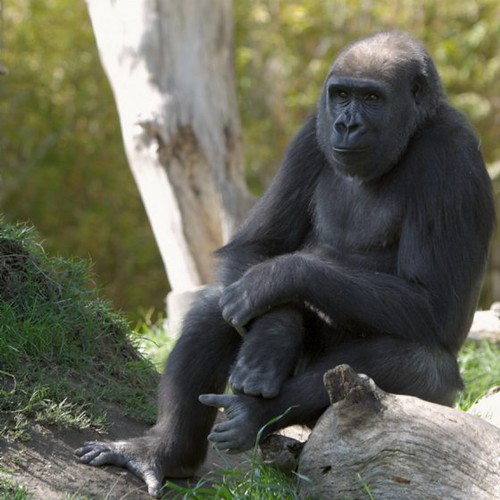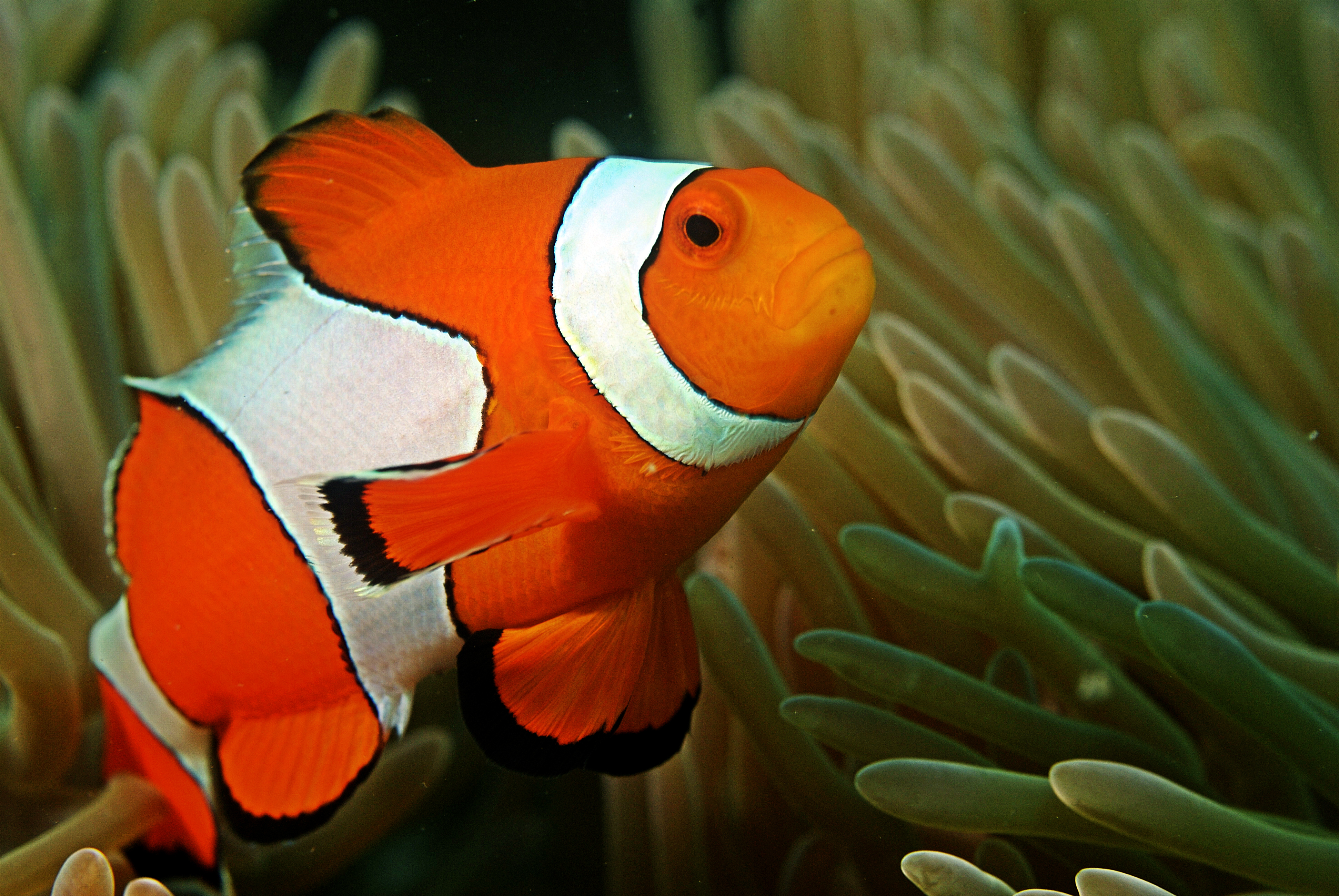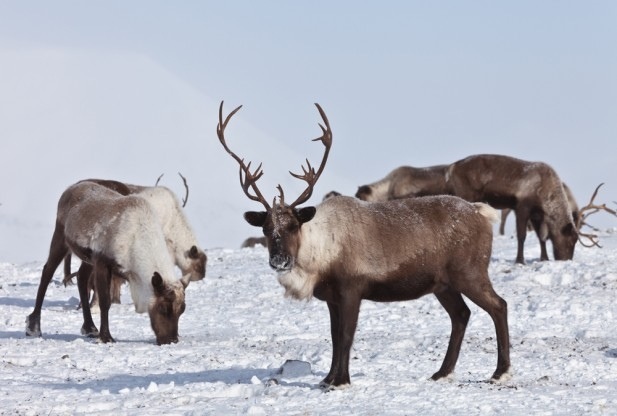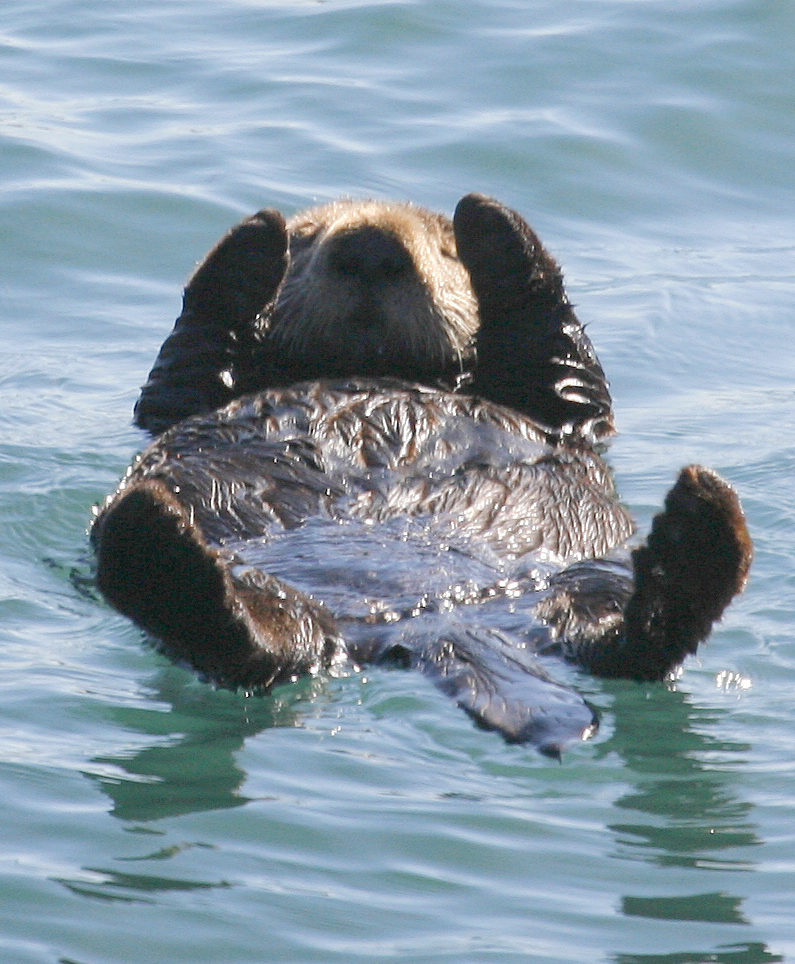Carbon dioxide, or CO2 (excuse the missing subscript) is all around us, mainly in the air and water. Plants remove carbon dioxide from the atmosphere as they carry out photosynthesis. Once the carbon dioxide has entered the plant, it becomes carbon compounds within the plant tissues.
Plants are then eaten by animals (the primary consumers) - the carbon is passed on to those animals. It then gets passed on to each successive consumer. Of course, at some point, all of these organisms die - they leave behind carbon compounds in them. Microorganisms called decomposers then digest these carbon compounds. As they feed on dead organic matter, this is called saprobiontic nutrition.
The cycle continues as the carbon is returned to the air and water due to respiration. During respiration, carbon dioxide is released into the atmosphere.
There are times where carbon compounds end up where there's not decomposers - this might be deep oceans or bogs. This means that over millions of years, they are turned into fossil fuels by heat and pressure. When fossil fuels are burnt, the carbon is released - you might know this as combustion.
Plants are then eaten by animals (the primary consumers) - the carbon is passed on to those animals. It then gets passed on to each successive consumer. Of course, at some point, all of these organisms die - they leave behind carbon compounds in them. Microorganisms called decomposers then digest these carbon compounds. As they feed on dead organic matter, this is called saprobiontic nutrition.
The cycle continues as the carbon is returned to the air and water due to respiration. During respiration, carbon dioxide is released into the atmosphere.
There are times where carbon compounds end up where there's not decomposers - this might be deep oceans or bogs. This means that over millions of years, they are turned into fossil fuels by heat and pressure. When fossil fuels are burnt, the carbon is released - you might know this as combustion.























